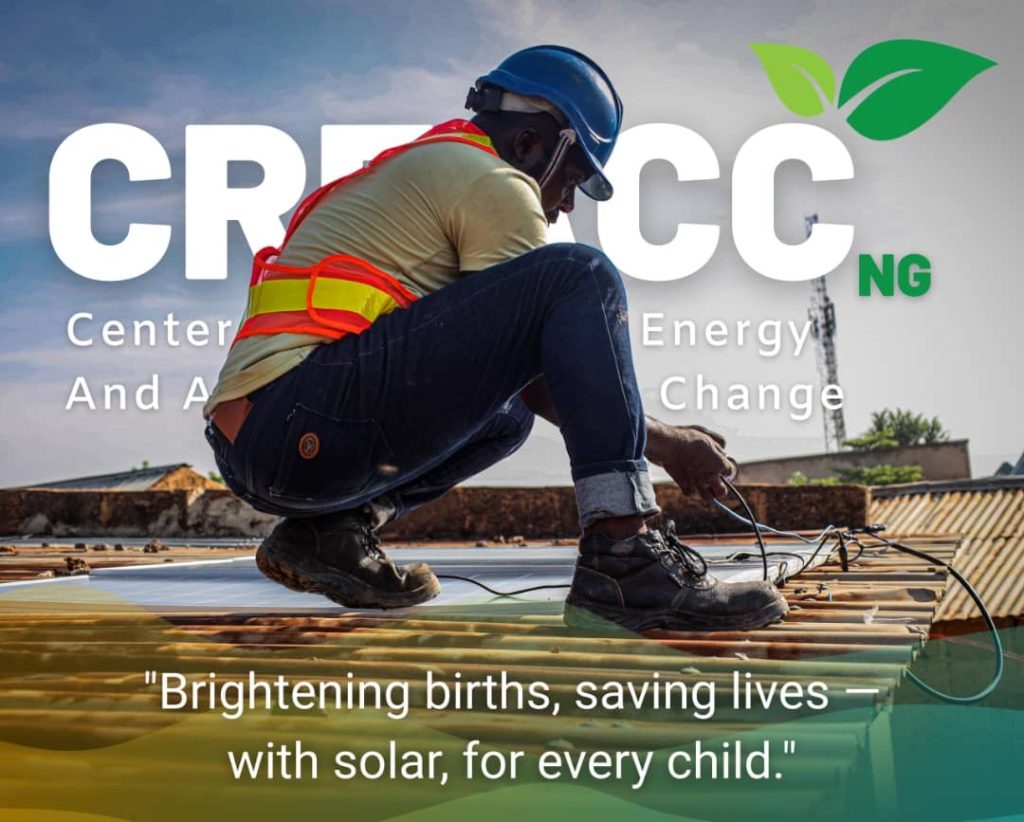How Solar Power Revived a Clinic in Zamfara

In the quiet village of Daurawa, Zamfara State, nightfall used to bring everything to a halt, especially at the local clinic. For years, mothers gave birth by the dim glow of torchlight. Vaccines spoiled due to lack of refrigeration. Nurses struggled to work in darkness, doing their best with what little they had.
But in 2024, everything changed.
Thanks to a partnership between CREACC-NG and EKOenergy, a solar mini-grid was installed to power the health center. For the first time, this rural clinic came alive after dark, refrigerators hummed with stored vaccines, fans cooled patients in the sweltering heat, and maternity wards lit up with solar-powered LED lights.
The impact? Immediate and life-changing. Infant and maternal safety rates rose. Nurses reported increased morale. Villagers began visiting the clinic with more confidence. “Before, we were afraid of complications during delivery, said Hauwa, a local mother of three. Now, there is light, and hope.
This project wasn’t just about electricity, it was about dignity. It was about proving that rural communities don’t have to settle for less.
CREACC’s solar health projects reflect a larger vision: to make healthcare climate-resilient and accessible. As climate change disrupts supply chains, power grids, and livelihoods, decentralized solar systems offer a future-proof solution, especially in hard-to-reach areas like Zamfara.
And Daurawa’s clinic is just the beginning. Similar installations are planned for more communities, where the sun will power not just buildings, but hope itself.
All Categories
Recent Posts
How Solar Power Revived a Clinic in Zamfara
AMBASSADE DE FRANCE AU NIGÉRIA FUNDED AGROFORESTRY PROJECT
+0123 (456) 7899
contact@example.com


